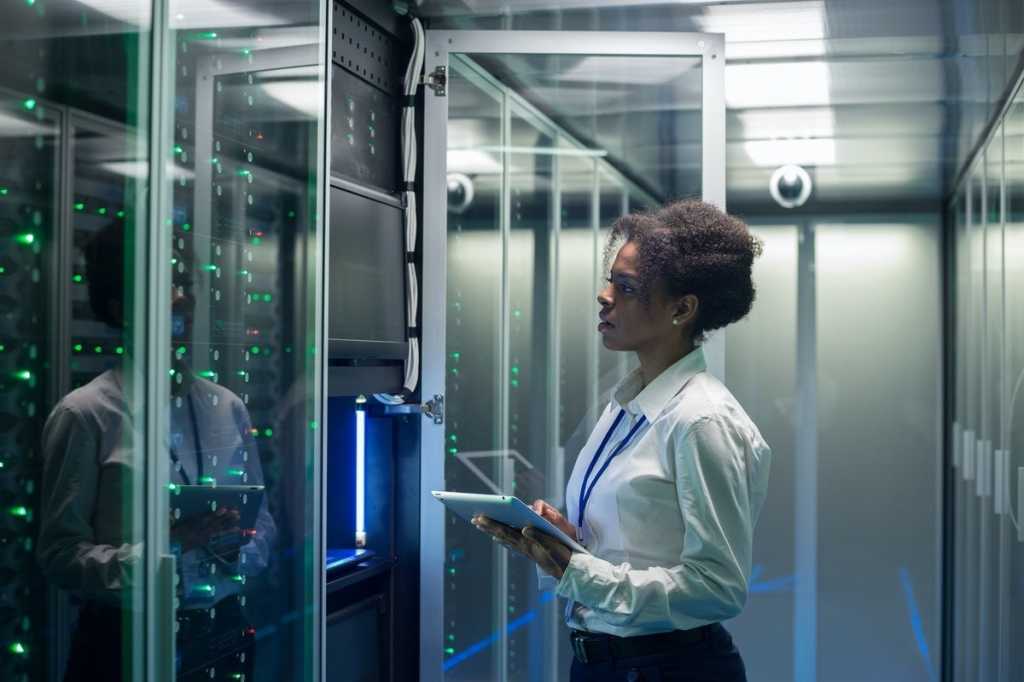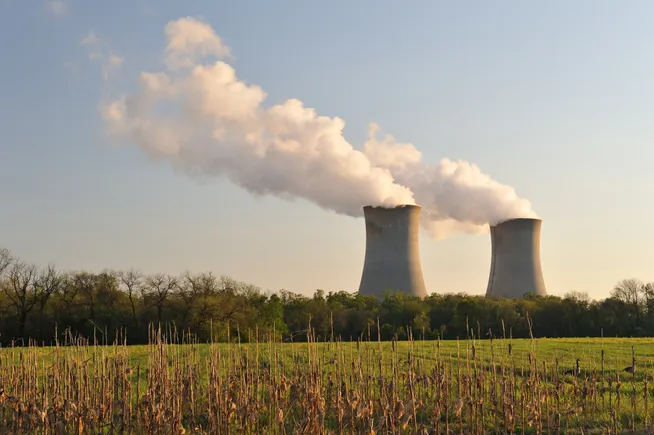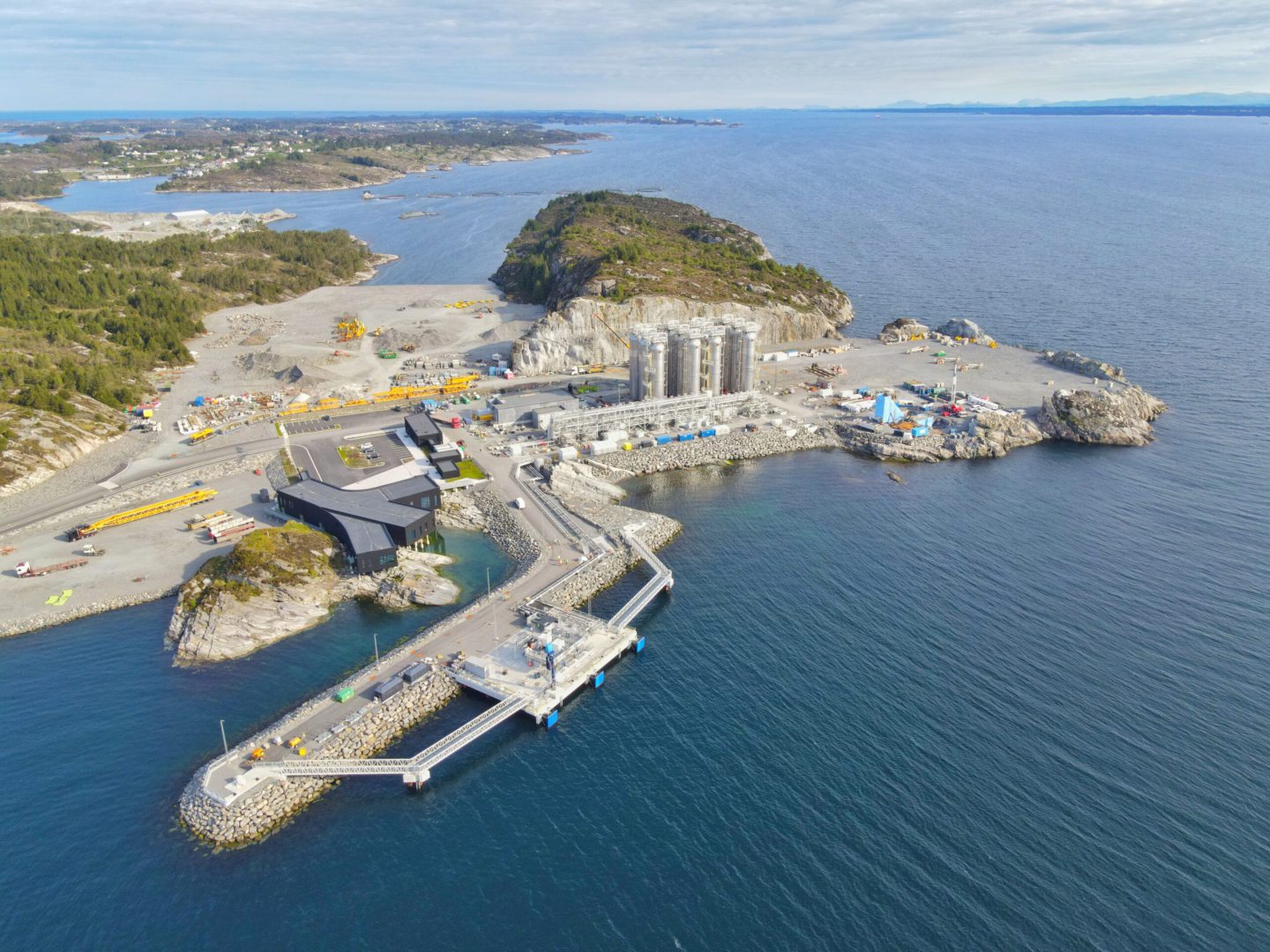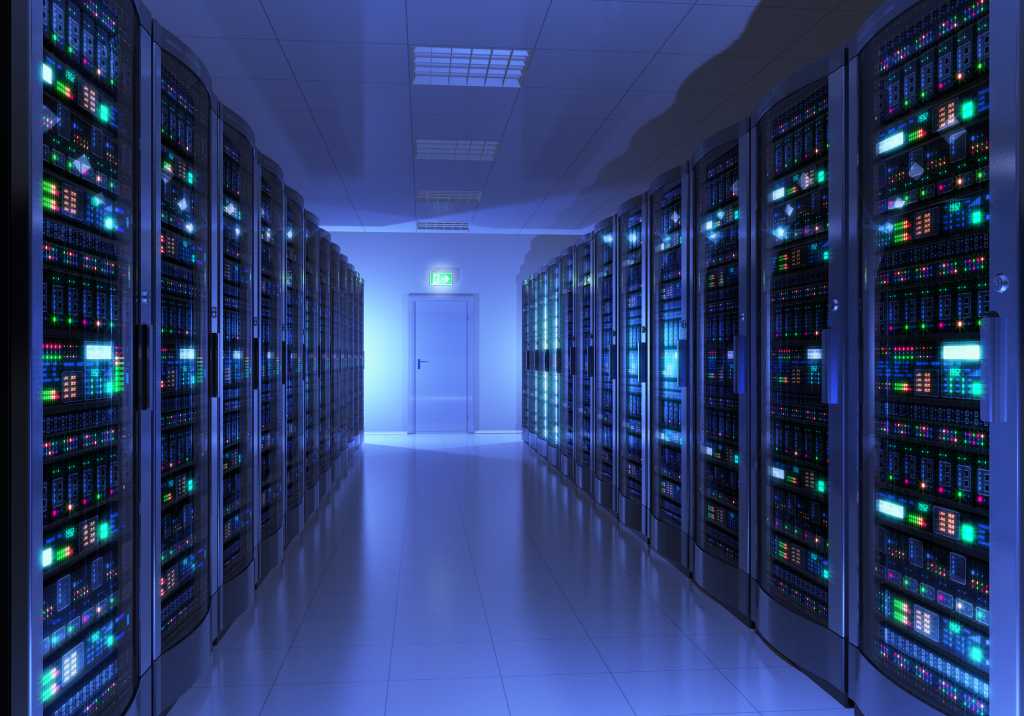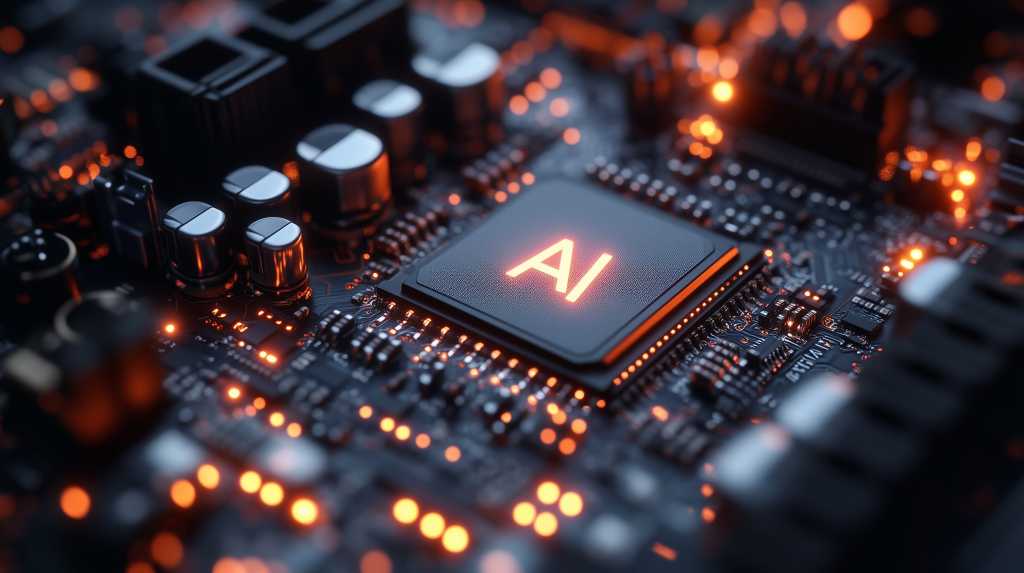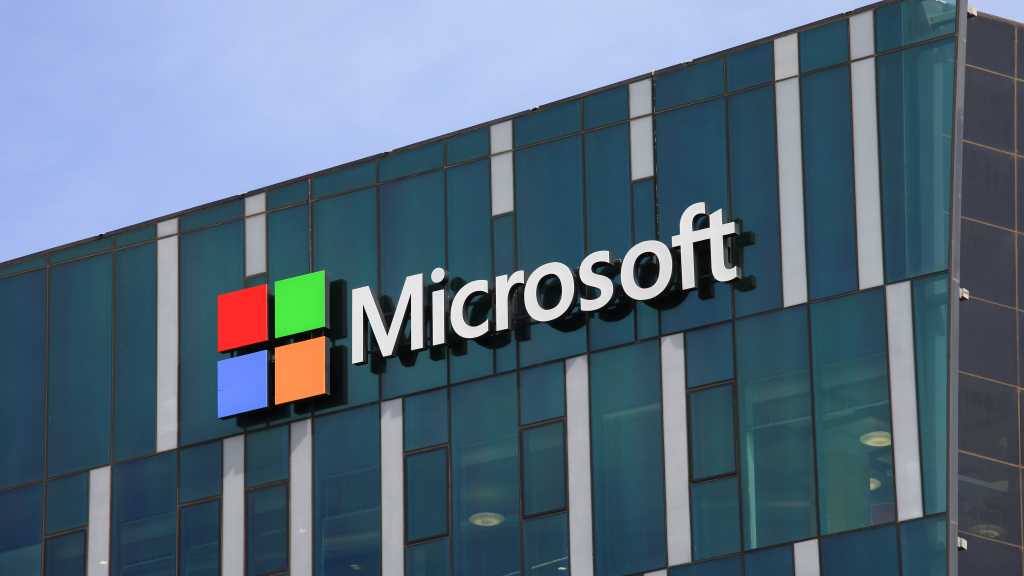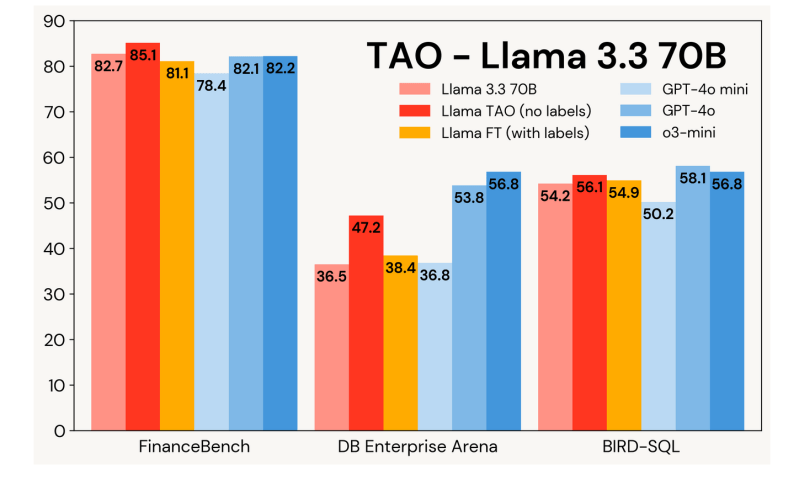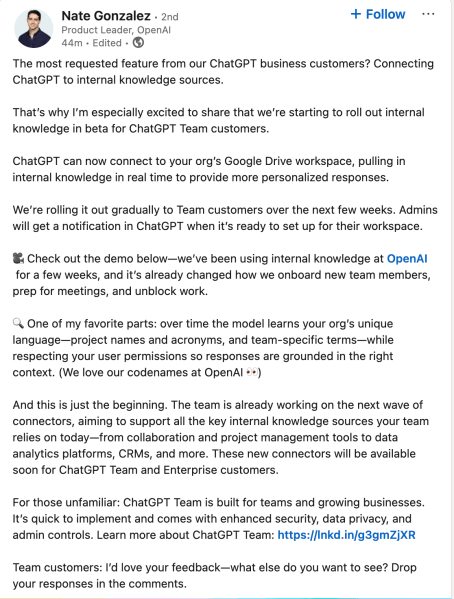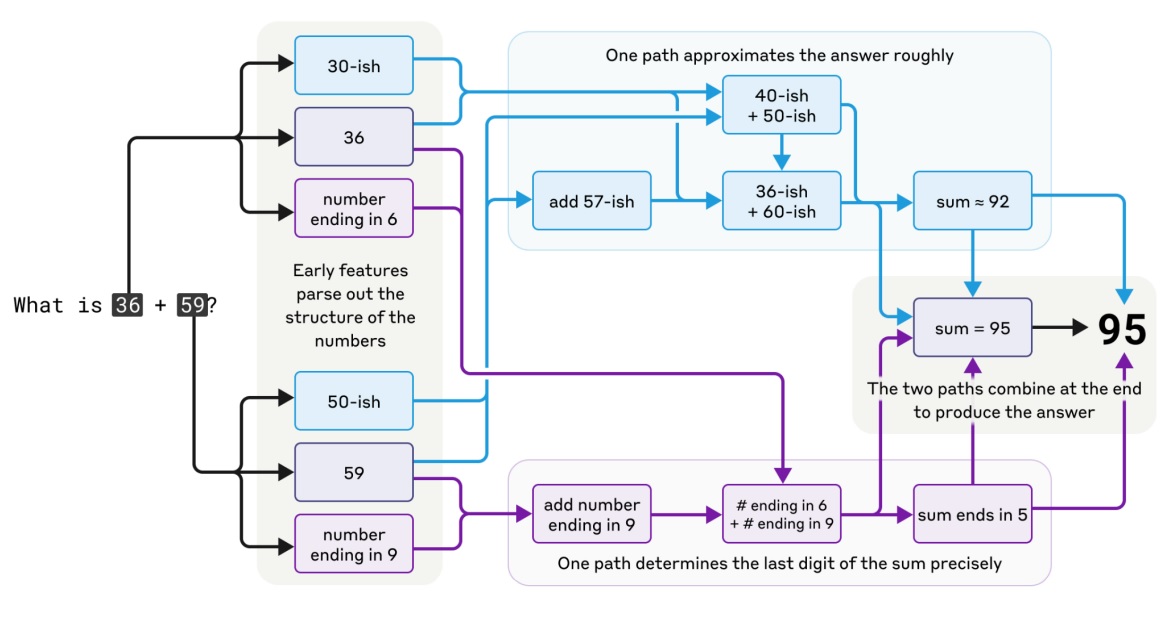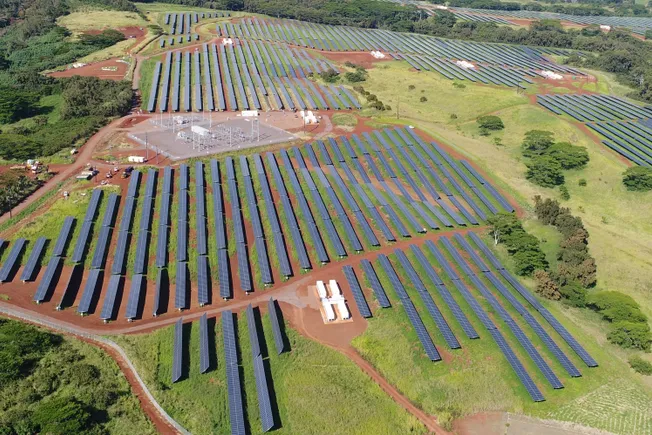
Kauaʻi Island Utility Cooperative intends to buy power from two solar-plus-battery-storage projects planned by AES Hawaiʻi in a move that would bring the utility’s power supply mix close to 80% renewable in 2028.
KIUC has asked the Hawaiʻi Public Utilities Commission to approve 25-year, fixed-price power purchase agreements for the 35-MW Mānā and the 43-MW Kaahanui project, each of which include 4-hour storage capacity, the utility said Tuesday.
The utility will pay $127/MWh for power from the Mānā project and $133.40/MWh for electricity from the Kaahanui project, according to filings with the PUC.
The cost for power under the Mānā contract could be reduced by up to $13.50/MWh if it receives a loan under the U.S. Department of Agriculture’s Powering Affordable Clean Energy Program, according to the PPA application. The project was selected as a potential loan recipient.
Also, the Kaahanui PPA could be reduced by $10/MWh if the Internal Revenue Service publishes final regulations on tax credits under the Inflation Reduction Act for renewable energy projects that are in “energy communities,” and AES determines that the facility qualifies for the tax credits, according to the PPA application.
If built, the projects will displace oil-fired generation, saving KIUC customers about $13.4 million in the first year and about $800 million over the life of the PPAs, according to the utility.
“We’ve already experienced significant rate stabilization over the past five years due to the high percentage of power generation from renewable projects on fixed-price PPAs,” David Bissell, KIUC’s president and CEO, said in the press release. “Our rates have gone from being the highest in the state by a large margin, to among the lowest in just 20 years. With these projects we’ll be essentially buffered from oil-price volatility.”
KIUC told the PUC it plans to dispatch the projects’ stored energy to help with ramping up towards the utility’s afternoon/evening peak, shave the evening peak by displacing oil-fueled generation during that period, offset night-time oil-fueled generation and help with grid stabilization.
The utility expects the two projects will account for 35% to 40% of its annual energy production.
KIUC, which has about 40,000 customer accounts, asked the PUC to approve the PPAs by Oct. 31.
Separately, KIUC decided earlier this year to drop its planned West Kauai pumped-storage hydropower facility that would have been coupled with solar and battery storage and built by AES. The Mānā project is at roughly the same site where the solar portion of the West Kauai project would have been built, according to KIUC.
AES owns about 8.6 GW of utility-scale and community solar, wind, energy storage and hybrid projects in 28 U.S. states, and is developing about 51 GW, KIUC told the PUC.

